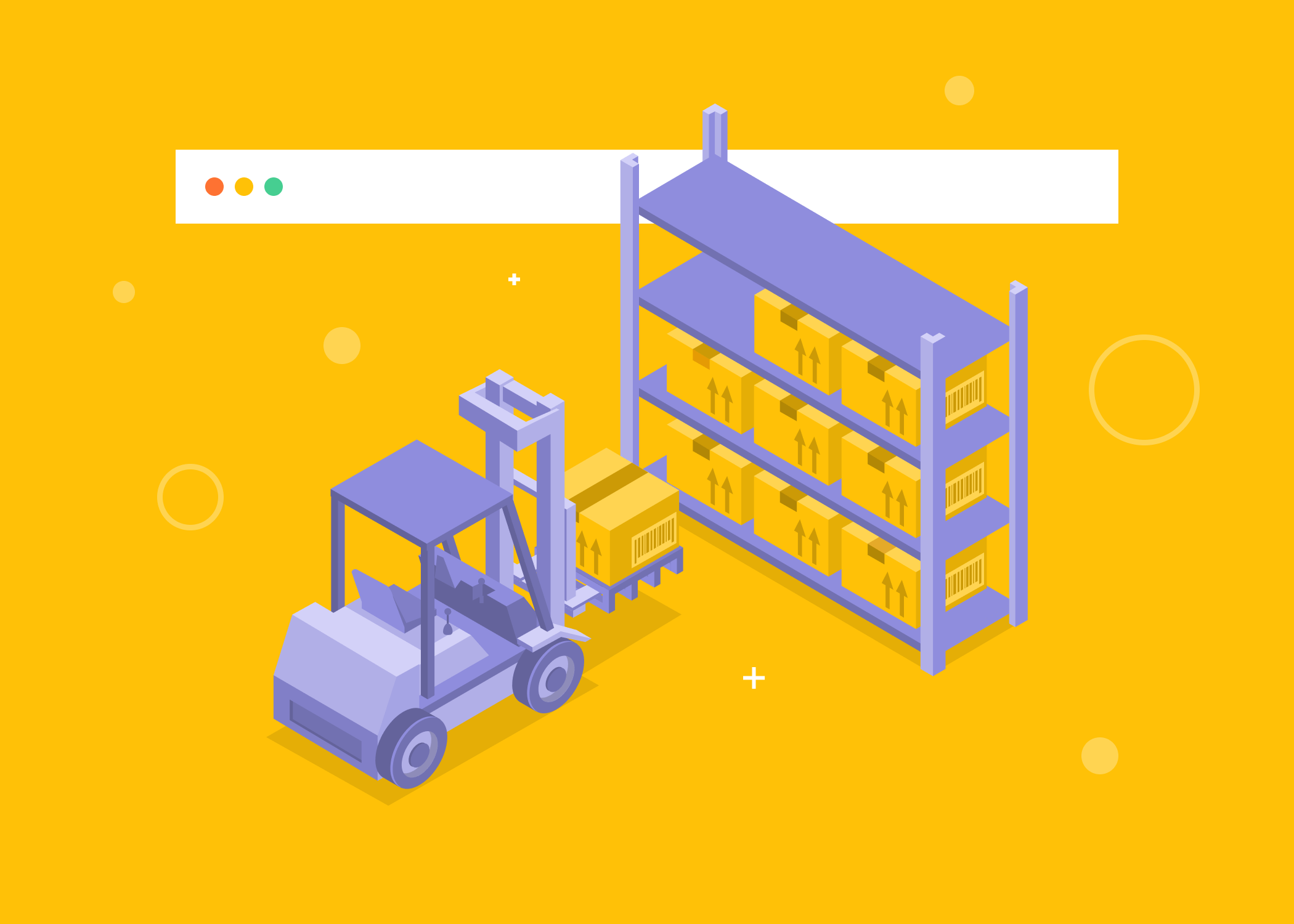Content
E-Commerce vs. Brick-and-Mortar: Which Is Better?
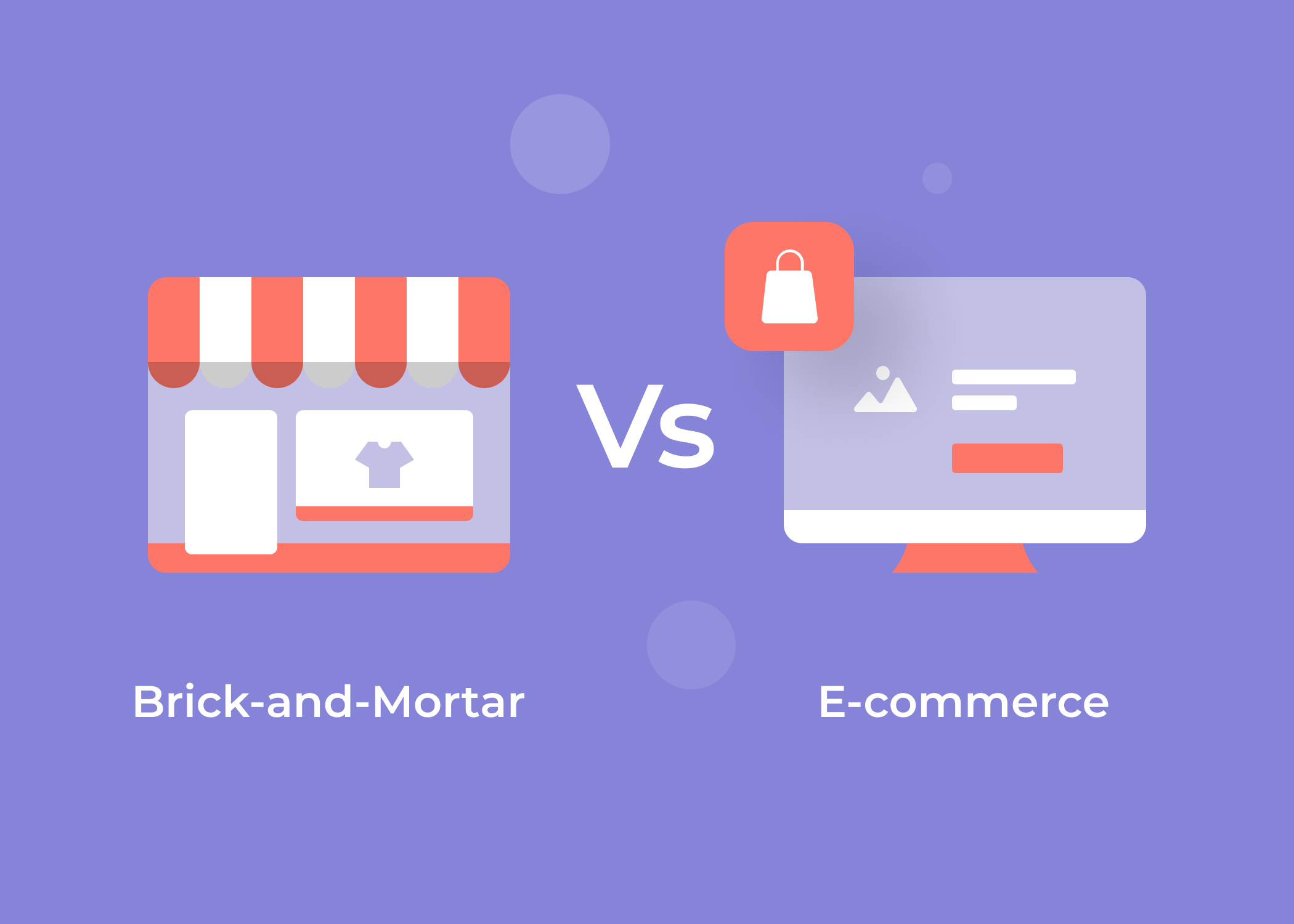
Time to read: 12 minutes
The history of commerce dates back to as early as 9000 B.C., when people exchanged their agricultural produce with each other. Trade has been a link in human evolution and a powerful engine for progress.
With the rise of information technology, the word “commerce” has recently acquired the letter “e” as a prefix that stands for “electronic”. In this article, we will contrast the traditional form of brick-and-mortar commerce, which has existed since ancient times, with e-commerce, a relatively new way of buying and selling products on the internet.
Definition of Brick-and-Mortar
The term “brick-and-mortar” describes any business that has a physical presence and offers goods and services to its customers face-to-face. Brick-and-mortar stores vary from kiosks and spontaneous markets to full-fledged malls.
With the advent of e-commerce and lockdown measures from 2020 to 2021, brick-and-mortar retail has undergone significant transformation and massive disruption.
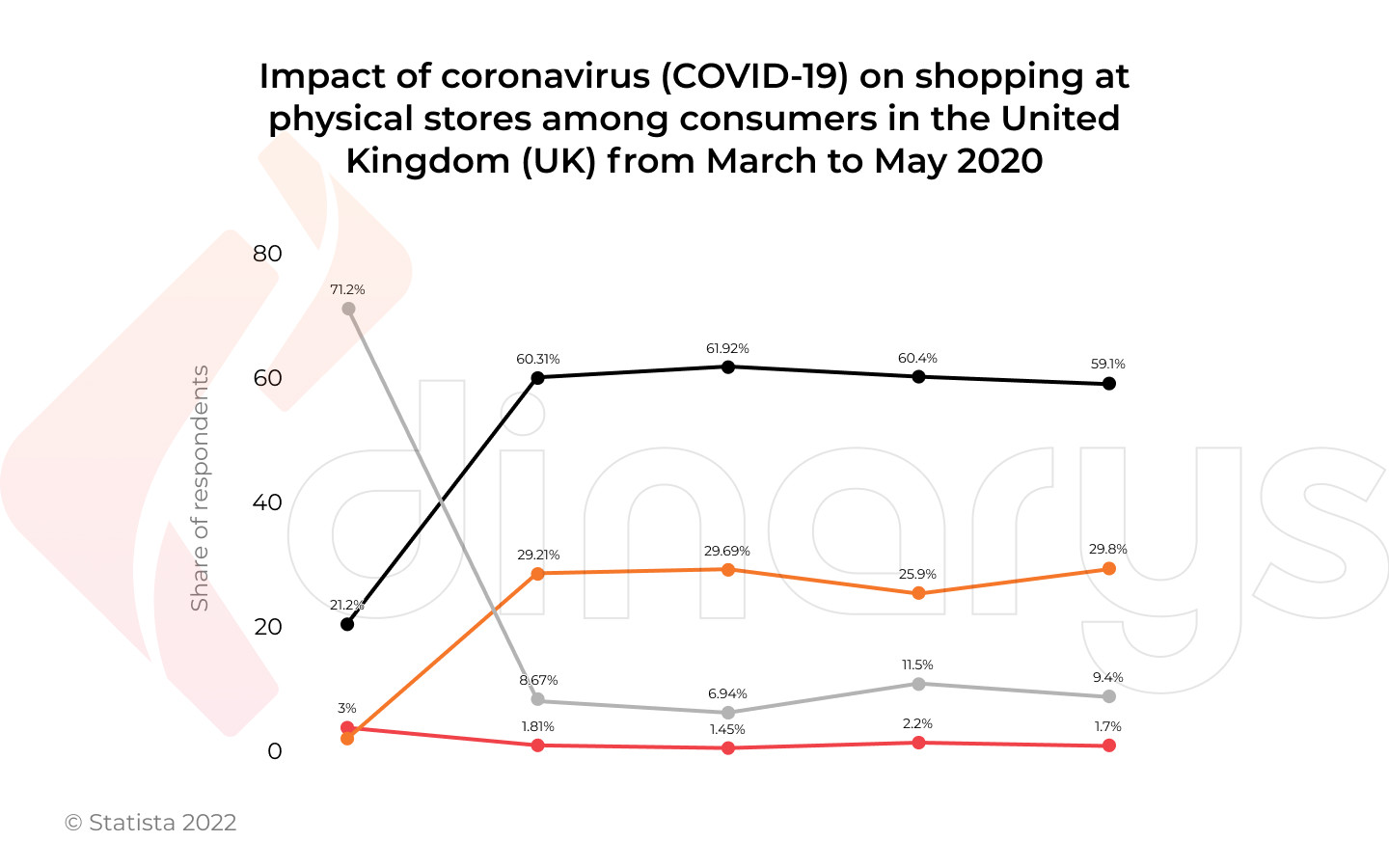
Although the pandemic significantly impacted brick-and-mortar retail, it did not reduce the overall demand for physical shopping. The following section explains the reasons brick-and-mortar shopping is gradually bouncing back.
Why do people still choose brick-and-mortar shopping?
The in-store shopping experience has proven immortal. According to Raydiant’s report titled “The State of Consumer Behavior 2021,” almost 44% of consumers indicated that they will continue to shop in physical stores at nearly the same frequency as their shopping in 2020.
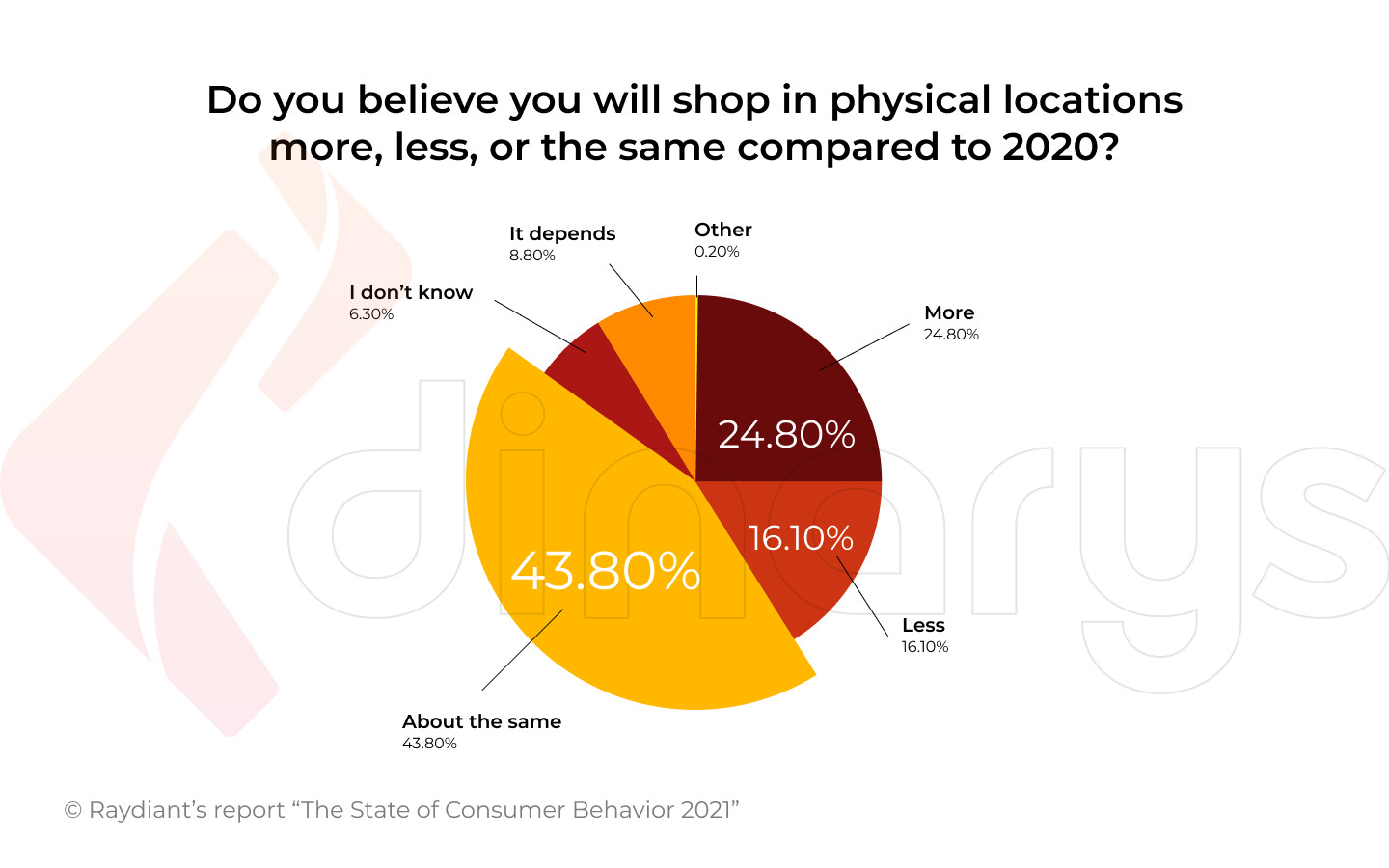
So why do customers still prefer brick-and-mortar shopping, even when they can shop from the comfort of their homes?
Physical interaction with the product
Even when the online shopping experience provides excellent product images or uses the latest augmented reality capabilities, it still does not compare to the experience of shopping in a physical store and actually examining the product.
A foolproof way to avoid the disappointment of shopping is to feel the material of an item, inspect its quality, and test it before buying it. Moreover, these activities have a meditative effect on some people.
Simpler decision-making process
Even though digitalization alleviates the challenges of our daily routines, it also comes with certain drawbacks. Ironically, the wide variety of goods presented on multiple web pages complicates the decision-making process for some consumers because the unlimited number of items paralyzes customers and torments them with too many choices. Furthermore, endless scrolling through web pages takes the pleasure out of shopping and quickly exhausts customers. Barry Schwartz, an American psychologist, examines this phenomenon in his book titled The Paradox of Choice-Why More Is Less and suggests that a limited assortment of products greatly reduces anxiety for shoppers.
Generally, physical stores display only the best and most popular products on their shelves. This makes it easier for buyers to manage the shopping process and focus on specific items. In addition, as previously mentioned, brick-and-mortar stores have existed for centuries, and it is difficult for consumers to break their in-store shopping habits.
Lets talk about itHave a project in mind?
Immediate availability of products
Some consumers become impatient with online shopping. This character trait leads these customers to visit brick-and-mortar stores, where they can “come, see, and conquer” as the saying goes.
Instead of waiting for delivery, which may take weeks or even months, some customers would rather choose from local inventory, so they can immediately use the product.
Additionally, long delivery times naturally result in a long process to return products when they do not exactly hit the spot for customers. In-store purchases allow customers to receive refunds much sooner, since customers do not have to complete the reverse steps of the order fulfillment process to receive their refunds.
For more information on the future of brick-and-mortar, watch this video.
Definition of E-Commerce
We have already defined e-commerce, but let’s explore this concept a little more. Since e-commerce involves selling and buying goods and services via the internet, it inherently requires commercial transactions that are executed online.
Like other areas that rely on technology, e-commerce has been scaling extensively. The worldwide acceleration of e-commerce has been especially noticeable in recent years because of the increased demand for virtual shopping during the global pandemic. However, this demand for e-commerce existed long before the pandemic. The graph below demonstrates this trend and highlights the paradigm shift related to the Covid-19 restrictions.
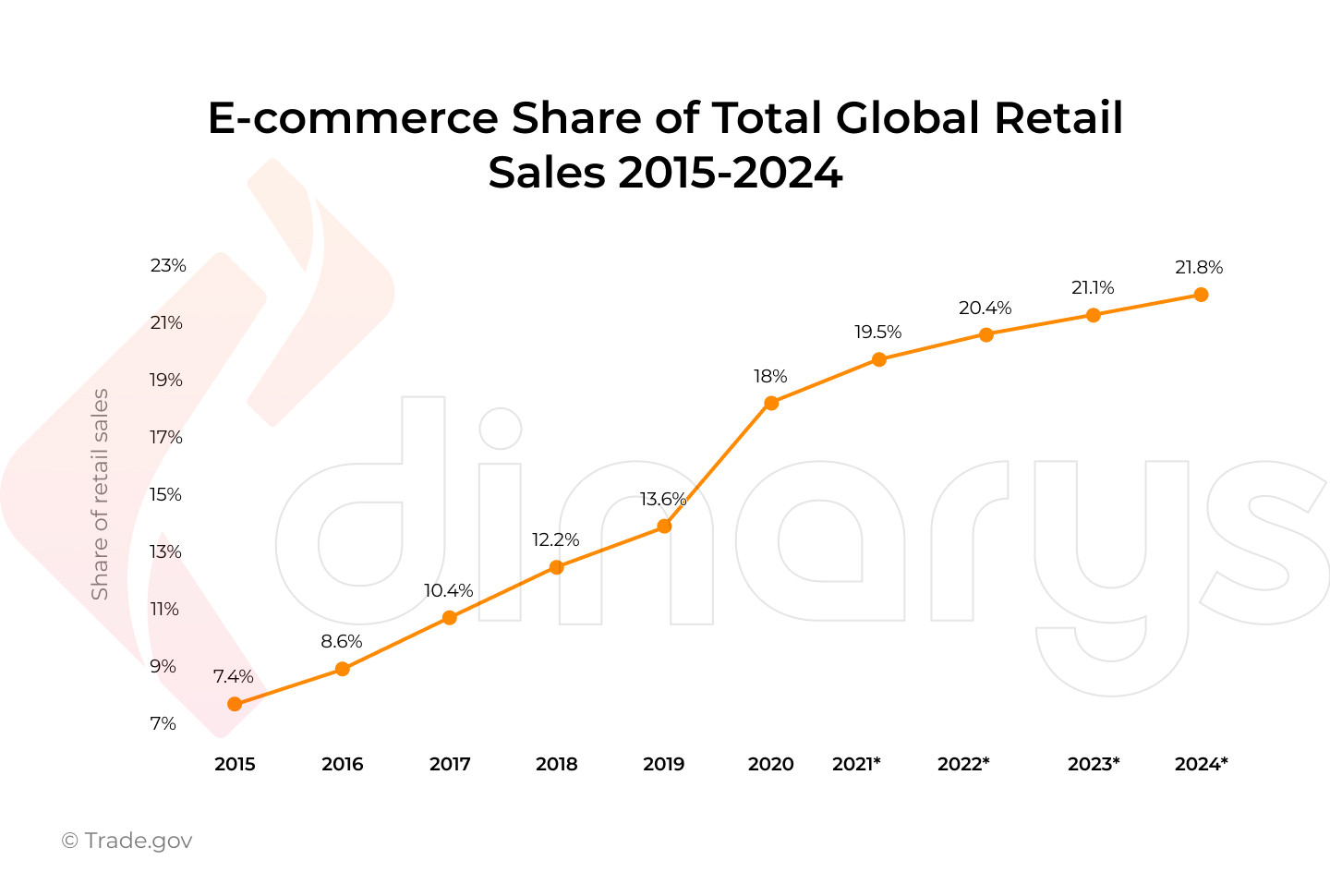
Various technologies saturate the e-commerce market and not only simplify the customer’s shopping experience, but also provide effective tools for business management. Thus, online shopping has become a viable alternative to the traditional in-store experience. E-commerce continues to change previous perceptions about shopping and shape customer preferences regarding their shopping experiences, both online and offline.
How does e-commerce prevail over brick-and-mortar?
Statista conducted a survey of 20,000 consumers in 2021, and they identified the following benefits as their top reasons for choosing online shopping:
- Shopping at any time of the day
- Eliminating the need to travel to a store
- Finding items at a cheaper price
As you can see, the advantages of e-commerce outweigh the benefits of brick-and-mortar shopping that we previously identified. At Dinarys, we decided to dive deeper, and we discovered some additional reasons why e-commerce may be a better choice than brick-and-mortar shopping.
Feedback from previous customers
Statistics show that 77% of consumers view brands more favorably if they proactively invite and accept customer feedback. Consequently, reviewing customer feedback is an essential starting point for most consumers before they buy from a brand. Customer feedback provides shoppers with a better idea of a company’s reputation and helps them justify spending money on its products or services.

Using e-commerce and the rich features of various customer feedback tools, merchants can seamlessly collect, sort, and analyze data from their clientele, supplement their product descriptions with practical information, and react to customer preferences to improve the shopping experiences they deliver. The ability of brick-and-mortar stores to leverage these opportunities is questionable.
Easy price comparison
In this specific case, FOMO refers to the “fear of missing out” on important information about sales or lower prices available at other stores. For some people, shopping is not only a relaxation opportunity but also a sport. There is nothing better than snatching an expensive item for a ridiculously low price, and there is nothing worse than knowing that you could have paid less for the same item.
This is why many people review customer feedback and use price comparison tools before making a purchase. With e-commerce, customers can easily check a couple of websites or use dedicated online services that compare prices from several stores and choose the best-priced product. Checking useful information, such as prices from different merchants, has led 51% of shoppers to purchase from a company other than their original choice.
The absence of intrusive sales staff
You have probably heard stories about the employees of brick-and-mortar stores who try to help customers or persuade them to make a purchase, but ultimately, these employees interrupt customers and negatively impact the shopping experience. Unfortunately, these situations frequently occur with pushy sales staff, discouraging some customers from making a purchase or even stepping across the threshold of the store because they do not want to feel obliged to buy something.
Customers may become annoyed by random pop-ups when engaging in online shopping, which is a factor that reduces conversion rates. However, when customers use e-commerce sites, they are not usually bothered by anyone unless they need assistance.
Having assessed online and offline shopping experiences, we concluded that both options must exist and can deliver a first-class shopping experience. So why not combine e-commerce and brick-and-mortar options to make your customer service experience more comprehensive?
Lets talk about itHave a project in mind?
Why Use Magento and Shopware for Your Commerce Journey?
Dinarys is here to help you improve your commerce journey. We have years of experience improving the performance of e-commerce businesses and meeting their needs, and we have significant expertise in the various technologies that facilitate retail operations.
Considering the wide range of e-commerce platforms, we often use Magento and Shopware as e-commerce platforms because they provide the most benefits.
Magento is a wise option if you are looking for broad customization opportunities. With Magento 2, you can freely synchronize e-commerce and brick-and-mortar data and control the information in a centralized way by integrating an ERP solution. In addition, Magento provides the following benefits:
- Scalability and flexibility. Magento can quickly adapt to your ever-changing business requirements.
- Easy management. You can manage multiple stores, either online or offline, from one admin panel.
- Opportunities for international retail. Magento provides built-in multi-language and multi-currency features, as well as international support and shipping and order management.
- User friendliness. The Magento layout provides intuitive site navigation, zoom-in capabilities, and product reviews.
- Mobile friendliness. Both Magento Open Source and Magento Commerce offer tools for m-commerce implementation.
- Search engine optimization. Magento supports SEO by allowing you to create URLs, tags, and descriptions with relevant keywords.
- Secure payment options. Magento can help you easily implement SSL security and a dedicated IP to ensure that your customers’ sensitive data is safe and sound.
- Integration with third-party services. Magento enables you to integrate diverse third-party extensions to enhance your e-store performance.
Shopware is another e-commerce platform that is focused on the future. This platform is suitable mostly for small and medium stores that are eager to go online immediately. Even if your business is well established, you should still consider this e-commerce engine because it provides the following benefits:
- Numerous features for smooth internationalization, such as multiple stores and multi-language features, as well as gateway support for multiple payments
- Mobile friendliness with free and paid themes
- Diligent technical support
- Easy integration with third-party services
If you are considering Shopware as your potential e-commerce platform, please read “Shopware Enterprise - the Ins and Outs of the New Offer.”
Conclusion
The growth of e-commerce seemingly jeopardizes the survival of brick-and-mortar retail, but this is not a foregone conclusion. Offline shopping offers priceless benefits that buyers are unwilling to give up. These benefits include physically interacting with products, avoiding shipping costs, quickly returning unwanted items, etc.
Instead of sticking to a single option, it is much more effective to leverage the benefits of both e-commerce and brick-and-mortar options and build a one-of-a-kind customer experience that includes digital and physical interactions.
Contact us, and we will assist you in integrating the two options for your business.
Let professionals meet your challenge
Our certified specialists will find the most optimal solution for your business.



